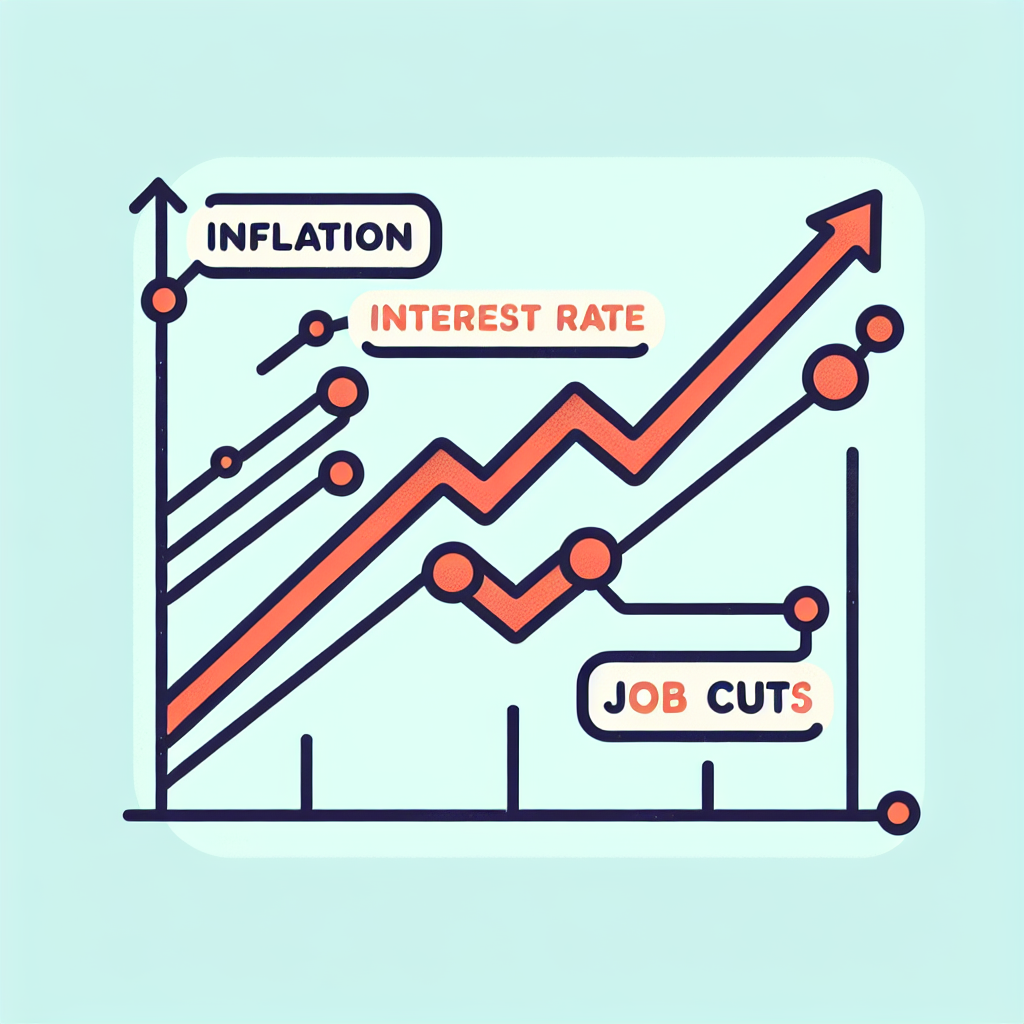Bank of England Faces Interest Rate Dilemma Amid Rising UK Inflation and Job Cuts

Background on the Inflation Rise
Amidst fluctuating economic stability, the UK is facing a significant inflationary trend, prompting financial experts and the Bank of England to reconsider their monetary policies. An esteemed business survey has highlighted that inflationary pressures are resurfacing, even as private sector firms are implementing job cuts at an unprecedented post-pandemic rate.
Economic Growth and Inflation Concerns
The survey, an influential flash purchasing managers’ index (PMI) for January from S&P Global, indicates a subtle economic growth surge at the commencement of 2025, primarily steered by Britain's expansive service sector. Nevertheless, a crucial point of concern is the rising average prices charged by UK private sector firms, marking an 18-month height in inflation levels, complicating the economic landscape.
Employment Challenges and Job Market
Compounding these inflationary concerns is the rapid rate of job cuts by employers, which has reached heights unseen since the Covid-19 pandemic peak in 2021. When excluding the health sector's emergency responses, the pace of job reduction aligns with levels not seen since the global financial crisis of 2009, highlighting serious employment market strains.
Economic Policy Dilemmas
The UK's economic journey in the post-Brexit era and amid current global pressures reflects challenging financial market dynamics. Economic analysts are closely watching the Bank of England, which is on the brink of a pivotal interest rate decision scheduled for February 6. The core issue is how to balance the need for stimulating growth via potential rate cuts against the backdrop of ascending inflation figures, which suggest caution.
Potential Policy Shifts
Vivacious market debates around interest rates are ongoing. City investors harbor expectations that the Bank of England might curve interest rates down from the existing 4.75%, potentially to 4.5%, in response to better-than-projected inflation data from December and the pressing concern of stagnant economic growth. However, mitigative measures could be constrained by mounting inflationary pressures, signalling limited room for maneuvering.
Stagflation Scenarios
Economist Chris Williamson, providing insights from S&P, articulates the UK possibly encountering a 'stagflationary environment', where slow economic development coincides with high inflation rates. This scenario is notably challenging, enforcing the necessity for intricate economic policies to stunt inflation growth while invigorating economic recovery and solidifying the labor market.
Future Economic Outlook
The UK business realm and policymakers approach February's interest rate decision with caution. Investors and traders, reflecting and responding to market cues, hold a bullish perspective on interest rate reductions but remain wary of the broader economic ramifications. The Bank of England's strategies thus stand pivotal in navigating these turbulent financial waters, balancing economic growth imperatives with inflation containment.



Comments ()